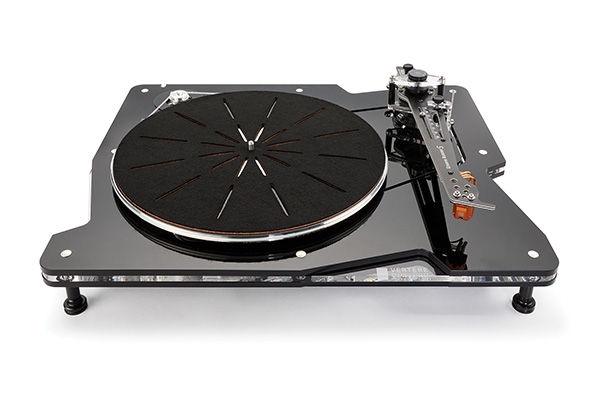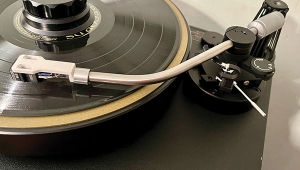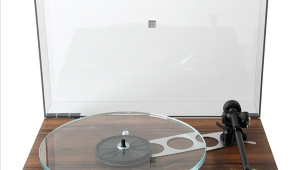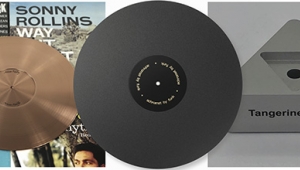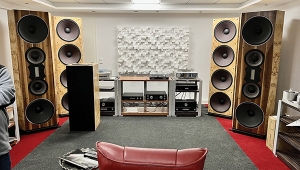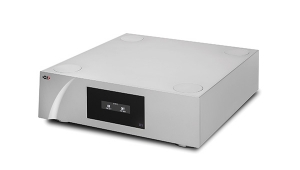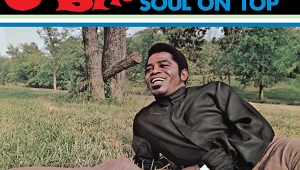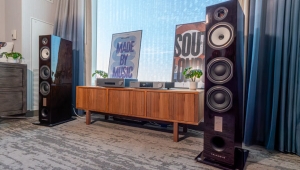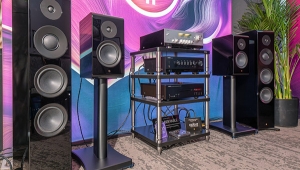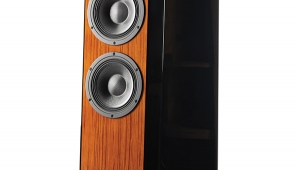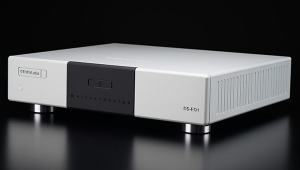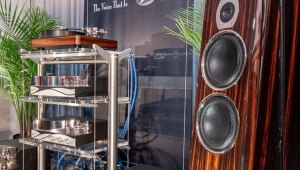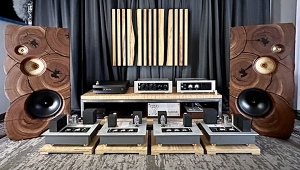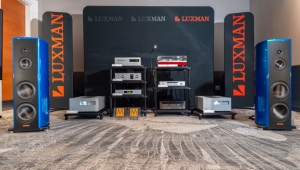| Columns Retired Columns & Blogs |
Indeed, the Xerxes was a most innovative design-approach! However I always wonder why the most innovative approach found in the design of the laser-turntable (today manufactured and sold by ELP Corp., Japan) wasn’t preferred by hard-core audiophiles? Maybe the majority of vinyl-aficionados prefer to tinker and to tweak and to roll cartridges and to permanently “calibrate” their turntable instead of listening most relaxed to the music?
